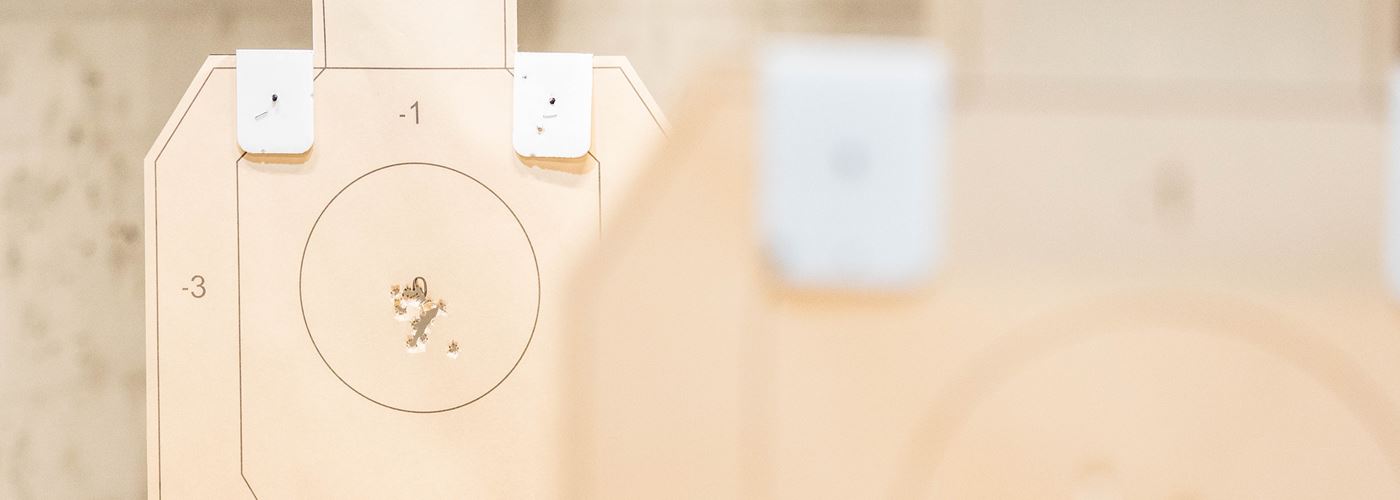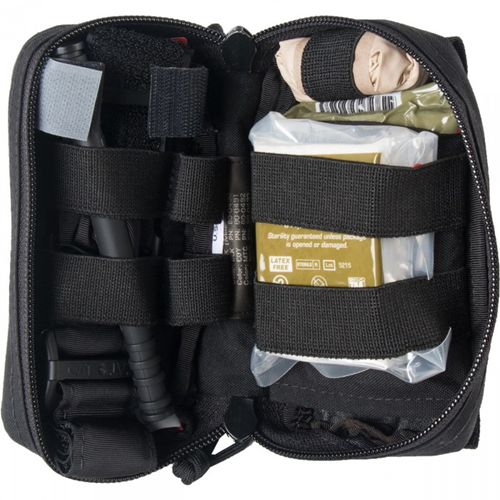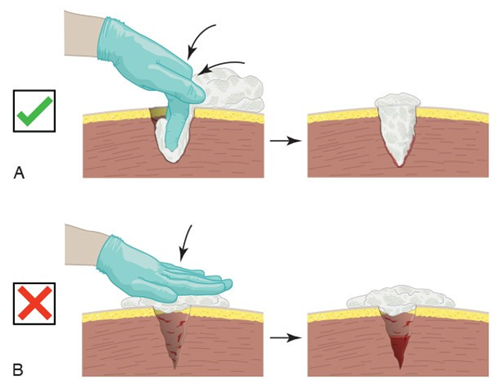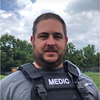
This is the second part of a series discussing what medical equipment you as a shooter should be carrying to classes and the range. In part one, we discussed that the most important thing you can carry is a commercial tourniquet.
Two reliable options are the Combat Application Tourniquet (C-A-T) from North American Rescue and the SOFTT-W tourniquet from TacMed Solutions. If you have not already done so, now is the time to make a tourniquet part of your normal, everyday carry and shooting range gear.
Individual First Aid Kits
In this part of the blog series, we are going to start by discussing individual first aid kits (IFAK). Having one is a necessity every time you hit the range. An individual first aid kit includes a tourniquet, gloves, gauze, pressure bandages, chest seals and scissors. It provides us with all the needed supplies to treat a penetrating injury.
IFAKs come in a variety of setups, and not all are created equal. I recommend looking at North American Rescue and TacMed Solutions for IFAK options. Below is the M-FAK Mini from North American Rescue. This provides everything needed. Since it’s small and compact, it can easily be carried on your belt.

How to Pack and Dress a Wound
Tourniquets are an essential tool to have on the range, but what happens if someone is injured where a tourniquet cannot be applied? Tourniquets are the best option for injuries to the arms and legs, but they aren’t the best solution for an injury to the hip, neck or shoulder. These parts of the body are called junctional areas. In these locations, wound packing and direct pressure are the medical priority over tourniquets.
Junctional areas bleed fast. After two to four minutes without treatment, injuries to these areas can become non-survivable. An injury to a location on the body in which a tourniquet can’t be used needs to be packed with gauze and then have direct pressure applied. The goal of wound packing is to help form a clot to stop the bleeding. It’s important to pack the cavity with as much gauze as possible. See the illustration below.
After wound packing, pressure needs to be applied to ensure the gauze can start clotting the wound. A pressure dressing, similar to an ACE wrap, should be wrapped around the injury to help keep continuous pressure on the gauze.

Basic Trauma Classes
The best way to get a full understanding of how to pack a wound and become more comfortable in doing so is to get basic trauma care training. Stop the Bleed classes and basic trauma classes are held all over the country.
Stop the Bleed is a nationwide initiative to teach everyone basic trauma injury care. The courses are low cost and provide invaluable training on how to care for an injured person with a life-threatening, bleeding injury. You will learn how to properly apply a tourniquet, pack a wound, hold direct pressure and apply chest seals.
In the next part of this series, we will continue to discuss the components of an IFAK and why they are important to have. I recommend taking a basic trauma course and purchasing an IFAK to have as part of your gear. You should be able to provide immediate medical care in the case of an injury with life-threatening bleeding to increase the chances of survival.
If you missed the first part of my blog series, read part one now.
